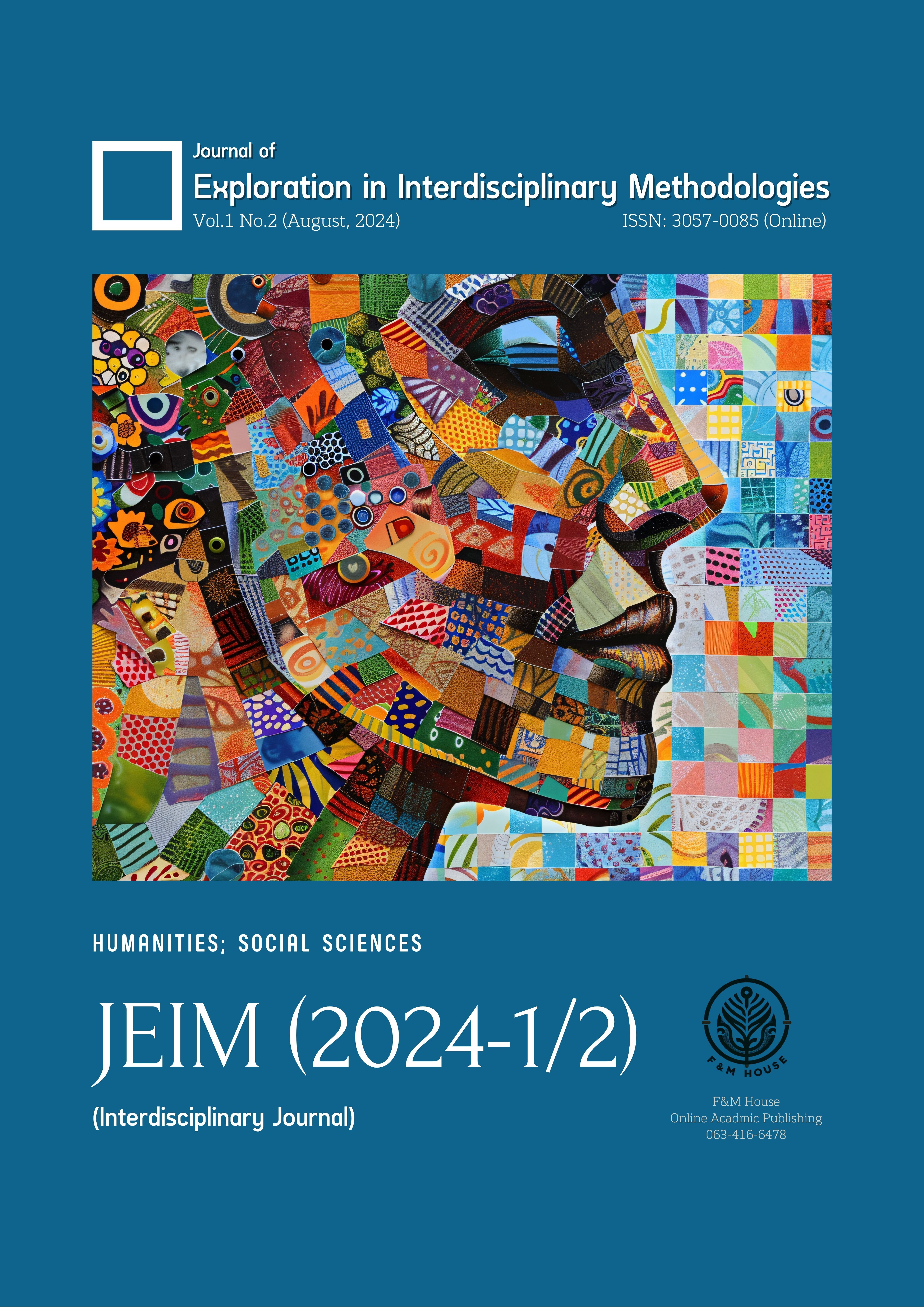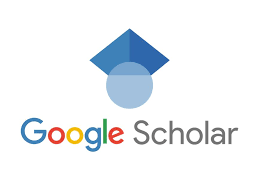Building Excellence: Strategic Management in Thai Private Schools Amidst Global Educational Shifts
คำสำคัญ:
Thai private schools, strategic management, global educational shifts, innovation, educational leadership, cultural preservationบทคัดย่อ
This paper explores the strategic management practices necessary for Thai private schools to maintain educational excellence amidst global educational shifts. As private schools in Thailand navigate the challenges of integrating technology, fostering 21st-century skills, and promoting sustainability, strategic leadership becomes crucial. The paper highlights the importance of balancing innovation with the preservation of Thai cultural values, managing financial constraints, and enhancing teacher development. Through collaboration with local communities and global educational institutions, Thai private schools can position themselves as leaders in the global educational landscape while staying true to their core identity. The paper concludes with recommendations for continuous evaluation and adaptation to ensure long-term success.
เอกสารอ้างอิง
Bangkok Post. (2019). The state of education in Thailand. Bangkok Post. Retrieved from https://www.bangkokpost.com
Davies, B., & Davies, B. J. (2004). Strategic leadership. School Leadership & Management, 24(1), 29-38.
Day, C., Gu, Q., & Sammons, P. (2016). The impact of leadership on student outcomes: How successful school leaders use transformational and instructional strategies to make a difference. Educational Administration Quarterly, 52(2), 221-258.
Dolby, N., & Rahman, A. (2008). Research in international education. Review of Educational Research, 78(3), 676-726.
Epstein, J. L. (2018). School, family, and community partnerships: Preparing educators and improving schools (3rd ed.). Routledge.
Fullan, M. (2016). The new meaning of educational change (5th ed.). Teachers College Press.
Hallinger, P., & Bryant, D. A. (2013). Leadership for 21st-century schools: From instructional leadership to leadership for learning. Educational Management Administration & Leadership, 41(2), 158-179.
Hallinger, P., & Bryant, D. A. (2013). Review of research on educational leadership and management in Asia: A comparative analysis of research topics and methods, 1995–2012. Educational Management Administration & Leadership, 41(1), 5-32.
Hallinger, P., & Chen, J. (2015). Review of research on educational leadership and management in Asia: A comparative analysis of research topics and methods, 1995–2012. Educational Management Administration & Leadership, 43(1), 5-27.
Hoare, L. (2013). International schools and intercultural education: The role of international schools in the development of students’ global understanding. Journal of Research in International Education, 12(1), 3-20.
Knight, J. (2012). Internationalization of higher education: Practices and principles. Routledge.
Lynch, M., Smith, R., Provost, G., & Shim, J. (2013). Strategic financial management in education: Planning and budgeting for financial sustainability. Journal of School Business Management, 25(2), 45-58.
Lynch, M., Smith, R., Provost, G., & Shim, J. (2013). Strategic financial management in education: Planning and budgeting for financial sustainability. Journal of School Business Management, 25(2), 45-58.
Ng, P. T., & Gunasekaran, V. (2020). The impact of technology on education: A review of the literature. Journal of Educational Technology & Society, 23(4), 99-109.
OECD. (2020). Education in the Digital Age: Healthy and Happy Children. OECD Publishing.
Olivos, E. M. (2012). Collaboration with Latino families: A critical perspective of home-school relations. Routledge.
UNESCO. (2017). Education for Sustainable Development Goals: Learning Objectives. United Nations Educational, Scientific and Cultural Organization.
Voogt, J., & Roblin, N. P. (2012). A comparative analysis of international frameworks for 21st-century competences: Implications for national curriculum policies. Journal of Curriculum Studies, 44(3), 299-321.
Zhao, Y. (2010). Preparing globally competent teachers: A new imperative for teacher education. Journal of Teacher Education, 61(5), 422-431.







